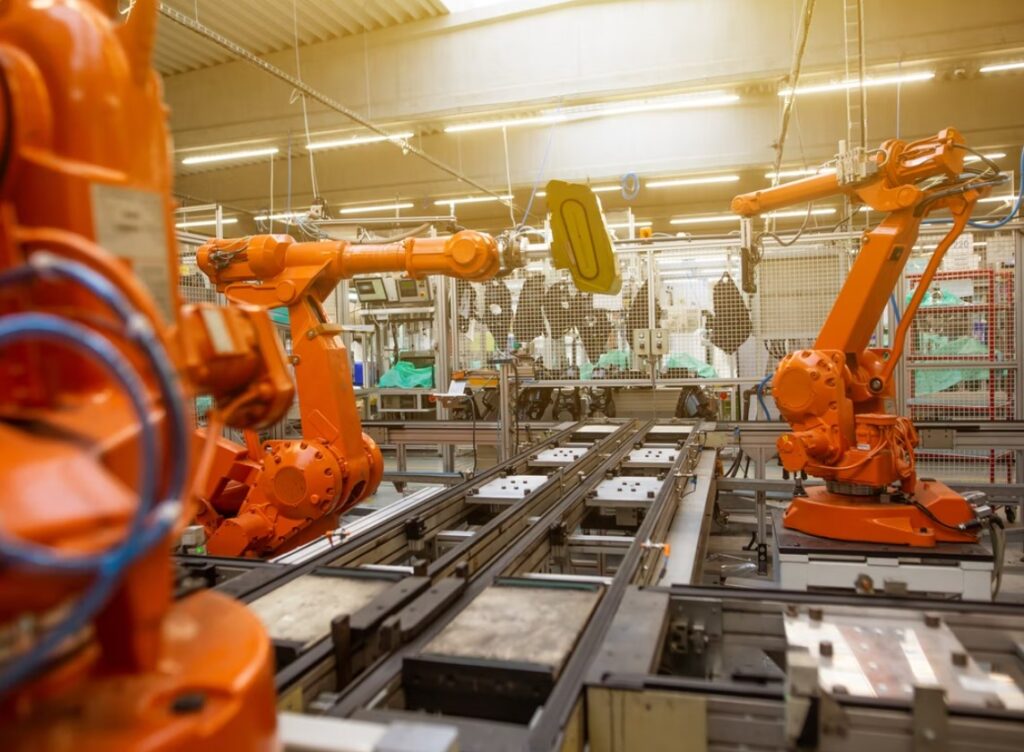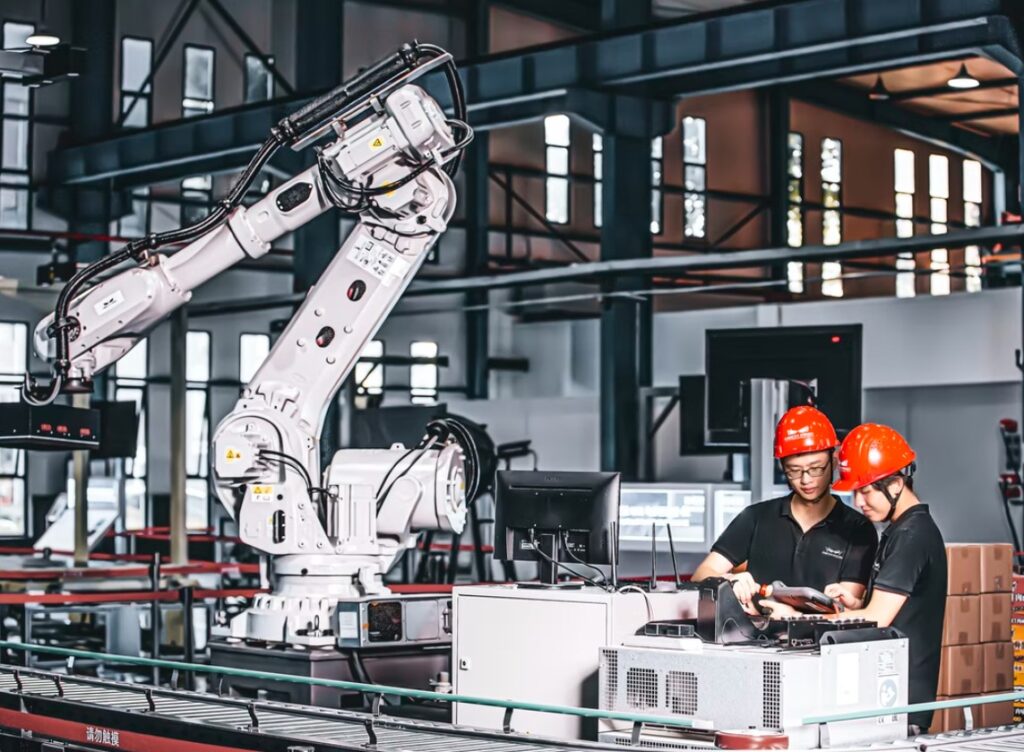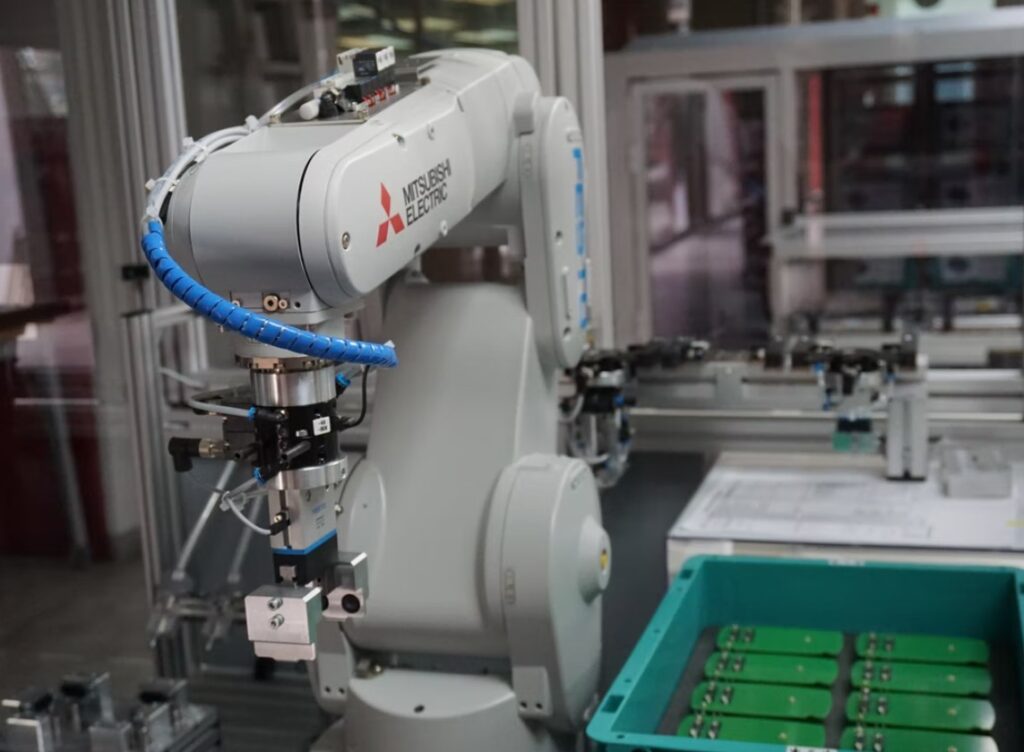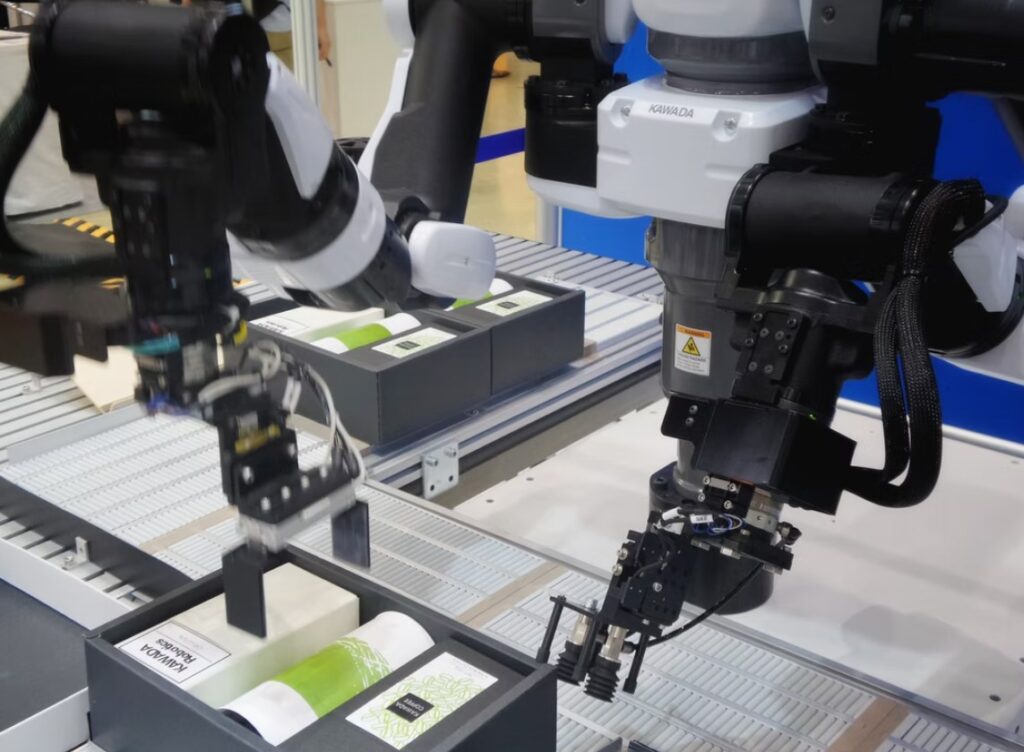The global manufacturing industry is facing a huge challenge – the challenge of matching the production with the demand. Every day, the demand for more goods and products seems to increase.
The rising costs of products are not even discouraging people from wanting more products, and these increasing demands are leaving manufacturers in a fix.
Suppose a manufacturer cannot meet the demand for products from their customers. In that case, customers will easily jump ship and turn to alternative manufacturers. This doesn’t bode well for manufacturers who know that the fuel that keeps their business running is their customers’ patronage.
Truly, manufacturers want to be able to meet their customers’ demand for products. Still, they also have to fulfill all production stages to deliver quality products to customers. So, customers want more goods, but manufacturers are largely disadvantaged because they cannot speed up their processes or increase their output due to the limitations of labor and other processes that depend on the manufacturer’s workforce.
Does this then leave manufacturers without any solution to improve their production numbers to match customer demands? Over the years, we have seen manufacturers embrace several options.
Many have increased their staff strength by adding new staff members and retraining staff members without understanding that the real challenge stems from the limited capability of their workers to meet the demands of a rapid customer base. Manufacturers have a viable solution in their hands. This solution is introducing robotics, such as a FlowRobotics, to their manufacturing process.
Robotics and manufacturing

Robotics is a modern tech development that infuses technology with artificial intelligence and automation to create brilliant machines that improve production processes. Robotics is applicable in many industries. Over the last decade, we have seen an increasing application of robotics in simple everyday processes, as well as manufacturing processes.
Robotics is not the latest trend in the manufacturing industry because you’d be wrong if you describe it as a trend. A trend will fizzle out with time, but it is the next face of technology that will shape our lives going forward. We can rightly say that we are in the robotics revolution for industrial manufacturing. And any manufacturer that is not readily looking into adapting robotics for their manufacturing processes cannot meet customer demands for products.
Robotics has always played a major role in manufacturing processes since the industrial revolution. Still, we have always experienced limited applications of robotics. The first patent for an industrial robot was filed way back in 1951, by George Devol, an inventor. He had his patent applied to an industrial process ten years later, in 1961. It was a robotic arm that could carry heavy weights up to the tune of 500 pounds, and it helped lift most weights that were extra difficult for humans to lift.
Since then, many technological developments have proved advantageous to manufacturers who are always in a race to meet production demands. Production demands have always been on the rise, and industries have been applying Devol’s robotic arms in many forms and implementing it in several automation processes. Machines have changed the face of manufacturing completely.
Today, more manufacturers are applying robotics to their processes to increase the efficiency of their production processes.
So, robotics is not a new addition to manufacturing and production processes. Robotics contributes a great deal of innovation to manufacturing. And building on this synergy between robotics and humans seems to be the perfect recipe for improving production and work processes in all of the major industries.
How can robotics improve your manufacturing business?

Robotics are increasingly proving vital to automated processes, which are now a major part of the production. Manufacturing involves a lot of monotonous and risky production processes, which continually put humans in harm’s way. Robotics presents a great alternative for human workers, especially in risky and routine processes. It can work round the clock, requiring only maintenance for optimal performance.
Suppose you are looking to improve your production fortunes as a manufacturer. In that case, you should look into implementing the use of robotics in your manufacturing process.
Here are some of the benefits of robotics for your manufacturing business:
• Boost productivity and human performance
Implementing more robotics in your manufacturing process can help boost your staff’s productivity. When staff performs mundane processes over time, they do not learn to adapt and learn to utilize their knowledge and skills to improve the production processes. Humans can contribute in a very big way to changing the production dynamics in industries. They can boost business revenue when they are allowed to work in roles that match their knowledge and skill sets.
• Prevent safety issues
Robots also do not face safety risks, and they can be easily replaced even if they happen to suffer any damage. Humans can fall sick, get tired, and experience lethargy. Humans can also lose their productivity from procedural errors, which can negatively impact the production process in a big way.
• Global competitiveness
Including robotics in automated manufacturing processes helps manufacturers stay relevant to global manufacturing practices. Manufacturers need to churn out products regularly to meet customer demands that are growing and changing every day. Robotics improves production speed and helps maintain the quality of production.
• Reduced operation costs
Robots do not need to earn wages, and the cost of maintaining them is usually not as high as the cost of paying workers’ annual compensations. Robots also promise a great return on investment.
They can be easily modified and updated over time to match the latest versions. Robots can also be used to perform multiple tasks simultaneously.
Conclusion

Robotics holds a lot of benefits for manufacturers. Suppose you want to continue to meet production demands while reducing costs to the barest minimum. In that case, you should definitely implement robotics in your production process. Robotics will remain an integral part of the production for the next decade, as well as in the future. Manufacturers who integrate robotics in their manufacturing process will have a very good head start over others who are still contemplating whether to use robotics or not.

